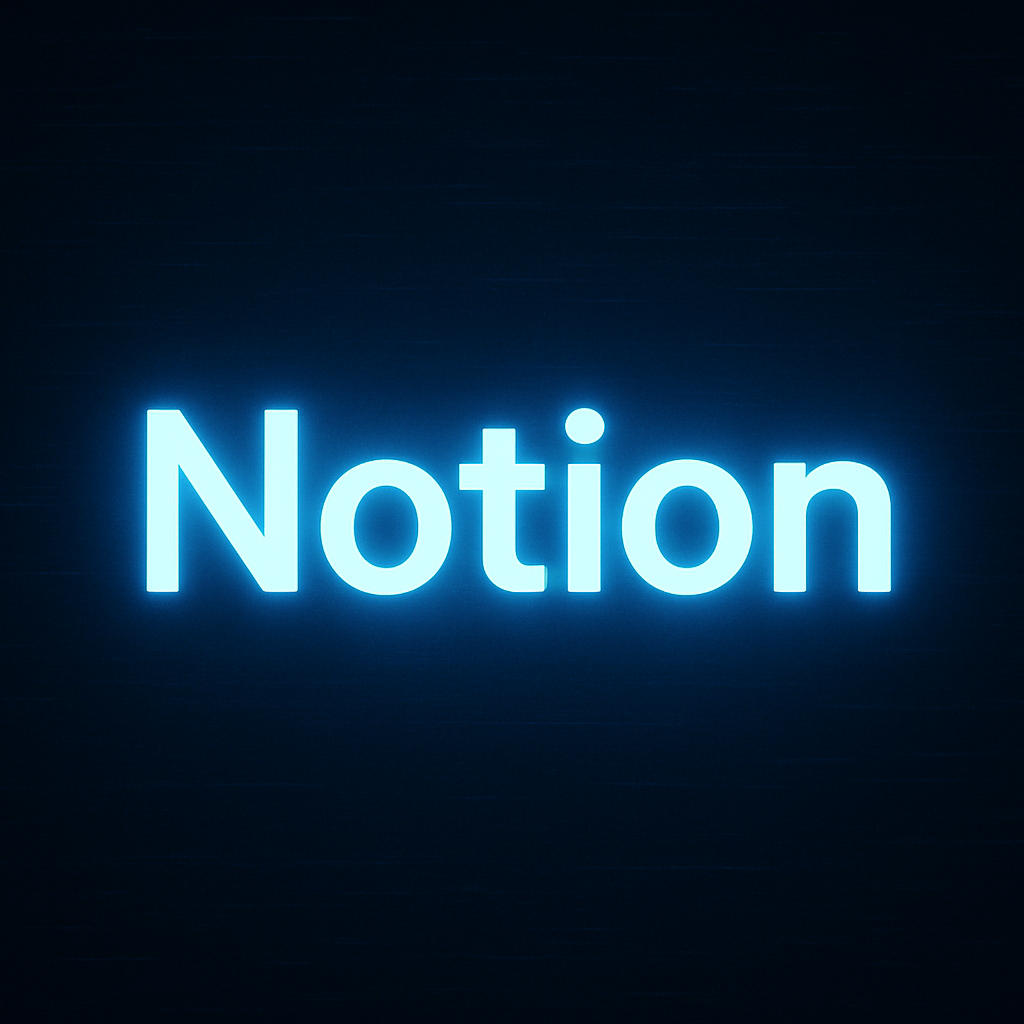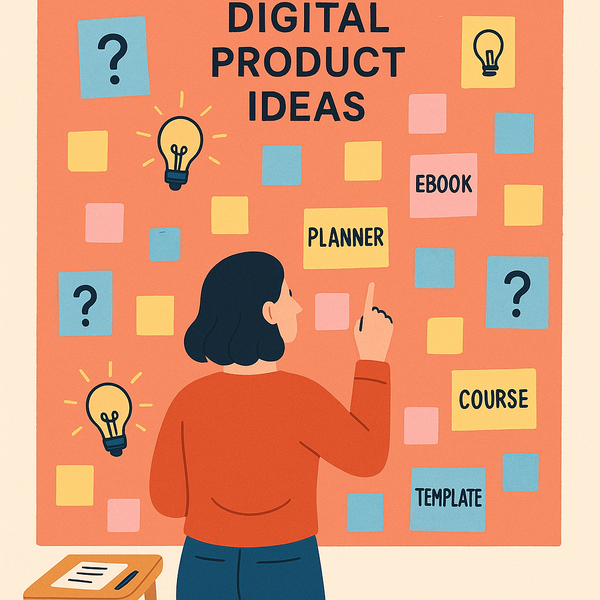How to Create and Sell a Digital Planner with Notion (Step-by-Step Guide)

Notion planners are one of the easiest digital products to create and sell online. They're aesthetic, customizable, and incredibly popular with students, freelancers, creators, and productivity-focused users. You don't need to be a designer — just thoughtful structure and clear purpose.
Here’s how to go from idea to sales.
Step 1: Pick a Niche and Use Case
Start with a specific type of person or problem your planner will serve. Broad templates are too generic; niche sells.
High-demand ideas:
- ADHD-friendly daily planner
- Weekly content planner for creators
- Fitness + habit tracker for busy professionals
- Personal finance tracker for side hustlers
- Homeschool curriculum dashboard
- Minimalist life dashboard for students
Ask yourself:
- What daily process or pain point can I help simplify?
- What workflows do people already try to manage manually?
Step 2: Design the Planner in Notion
Create a new Notion workspace or page
- Title it with your product name
- Use sections and headers for clear structure
Add core planning components
Include some or all of:
- To-do database (filtered by day or priority)
- Daily/weekly log
- Goal tracker
- Habit tracker
- Notes section
- Linked calendar
- Journal prompts
- Dashboard page with navigation links
Use Notion features to enhance UX:
- Toggle blocks to organize long pages
- Emojis and icons for friendly UX
- Linked databases for filtering
- Templates (daily page, journal, etc.) for repeat use
Make it beautiful but practical
- Choose soft colors or minimalist palettes
- Add dividers, callouts, and columns
- Include placeholder content (e.g., example goals or habits)
Step 3: Test and Refine
- Test in a separate Notion account (or share with a friend)
- Ensure templates duplicate correctly
- Confirm navigation is intuitive
- Double-check that linked databases and filters work across pages
Make adjustments before you publish. A well-tested planner leads to fewer customer support issues later.
Step 4: Package It for Delivery
Turn your planner into a shareable template
- Click “Share” > “Share to web”
- Enable “Allow duplicate as template”
Copy your share link
- This is the link customers will use to duplicate the planner into their own Notion account.
Write a simple Quick Start Guide
- Create a one-page PDF with:
- A thank-you note
- Instructions to duplicate the template
- A contact email or support link
- Optional: Include this PDF in your product files or link to a notion onboarding page
Step 5: List and Sell Your Planner
Choose your platform:
- Gumroad – Fast, simple, creator-friendly
- Lemon Squeezy – Great UI, built-in EU VAT handling
- Etsy – Excellent if your product has mass appeal (e.g., productivity or wellness)
- Payhip – Allows free + paid bundle strategies
What to include in your listing:
- A clean, SEO-optimized product title (e.g., “ADHD-Friendly Daily Notion Planner”)
- A short, benefit-focused description
- Screenshots of the dashboard and features (or use Canva mockups)
- Price ($7–$29 is common for Notion planners)
- Quick Start instructions or FAQ section
Optional:
- Record a 1–2 minute walkthrough video using Loom
- Offer a bonus tracker or guide to increase perceived value
Step 6: Promote It
Promotion is what separates silent listings from profitable ones.
Organic marketing channels:
- Pinterest pins (with mockups)
- TikTok or Instagram Reels (e.g., “Notion setup that changed my life”)
- Twitter/X threads showcasing use cases
- Reddit (r/Notion, r/Productivity, niche subreddits)
- Email list (even a small one)
Early traction tips:
- Offer a discount for the first 50 buyers
- Partner with micro-influencers in your niche
- Launch a free “lite” version to build email signups
Step 7: Collect Feedback and Improve
After your first 20–50 sales, start looking for:
- Confusing steps
- Requests for features or sections
- Ideas for a bundle or upgrade
Update the planner and email buyers with the improved version — or offer it as a “v2.0” to your list.
Monetization Tips
| Strategy | How to Apply |
|---|---|
| Bundling | Offer a planner + habit tracker at a discount |
| Upselling | Offer a bonus video guide or template pack |
| Affiliate marketing | Recommend Notion templates or related tools inside |
| Email list growth | Offer the planner as a tripwire ($5–$9 offer) |
Final Thoughts
Selling Notion planners is one of the fastest and most effective ways to build a digital income stream in 2025. With just one well-designed product, you can tap into a huge productivity-hungry audience.
Start with a niche problem, design a clean and useful system, and focus on clear delivery and smart marketing. From there, iterate, expand, and scale.




